News
EPJ B Topical Review - High critical current densities of body-centered cubic high-entropy alloy superconductors: recent research progress
- Details
- Published on 30 April 2025

High-entropy alloys (HEAs) represent a novel paradigm in materials science. HEAs demonstrate a wide array of functionalities, including outstanding mechanical properties, superior corrosion resistance, and durable hard coatings. HEA superconductors have attracted considerable attention due to their distinctive attributes, such as robust superconductivity under extreme conditions and high critical current densities. Several body-centered cubic (bcc) HEAs have shown critical current densities comparable to those of commercial Nb-Ti superconducting alloys. HEAs possess the extraordinary capability to integrate multiple functionalities—a feature seldom observed in conventional alloys. Consequently, bcc HEA superconductors with elevated critical current densities are highly promising for practical applications in extreme environments, such as aerospace and nuclear fusion reactors, owing to the exceptional irradiation resistance characteristic of HEAs.
EPJ Web of Conferences Highlight – 22nd International Metrology Congress (CIM2025)
- Details
- Published on 16 April 2025

The 22nd International Metrology Congress, organized by the College Français de Métrologie, took place in Lyon, France, from 11–14 March 2025 in partnership with the Global Industrie exhibition. The conference hosted roughly 500 registered participants from 40 different countries.
The first International Metrology Congress (CIM) was organized in Bordeaux in 1983 by Pierre Barbier, a renowned metrology expert and founder of the Collège Français de Métrologie (CFM). The event was created to provide a platform for experts and practitioners in the field of metrology to exchange views on technical challenges, developments in standardization and emerging innovations.
EPJ PV Highlight - Contactless defects detection using modulated photoluminescence technique: model for a single Shockley-Read-Hall trap in a semiconductor thin layer
- Details
- Published on 16 April 2025

Contactless defects detection using modulated photoluminescence technique: model for a single Shockley-Read-Hall trap in a semiconductor thin layer
In order to develop efficient semiconductor devices and solar cells, there is a need to characterize electrically active defects in semiconductors. This is especially true for thin film solar cell absorbers which may be highly defective, either after deposition, or after ageing and degradation. Some efficient and well known electrical techniques such as Admittance Spectroscopy and Deep Level Transient Spectroscopy allow for determination of traps parameters. However, this requires to make junctions with the absorber (Schottky contact or PN junction) and depositing electrodes to perform measurements. We aim to develop a contactless method based on modulated photoluminescence (MPL), which may be used as a tool for material understanding, processes optimization, degradation tracking, or as a manufacturing control technique.
EPJ B Highlight - Modelling the electronic structure of single-doped perylene
- Details
- Published on 15 April 2025

The molecule perylene has exciting applications in the fields of organic electronics and astronomy
The molecule perylene has become of great interest to scientists developing organic electronics and technology which harnesses organic molecules or polymers with electronic properties like conductivity. Perylene has uses ranging from the creation of organic semiconductors to organic light-emitting diodes (OLEDs) to even building organic solar cells. In addition to this, perylene is of great interest to astronomers, as this molecule has been discovered in interstellar gases and nebulae, granting insights into the powerful cosmic events that forged and dispersed it.
EPJ B Highlight - Understanding speech with a new model of word recognition
- Details
- Published on 15 April 2025

Researchers found some surprising differences in the way humans handle long and short words
A new dynamical model of speech recognition has revealed the very different ways that humans perceive short and long words in everyday speech. The authors of the research published in EPJ B, Jean-Marc Luck of the Université Paris-Saclay and Anita Mehta, formerly of the Faculty of Linguistics, Oxford and currently at St Catherine’s College, University of Oxford, take a radically different approach to speech perception.
EPJ Plus Highlight - Unexpected Instability in a Rapid Cycling Synchrotron
- Details
- Published on 15 April 2025
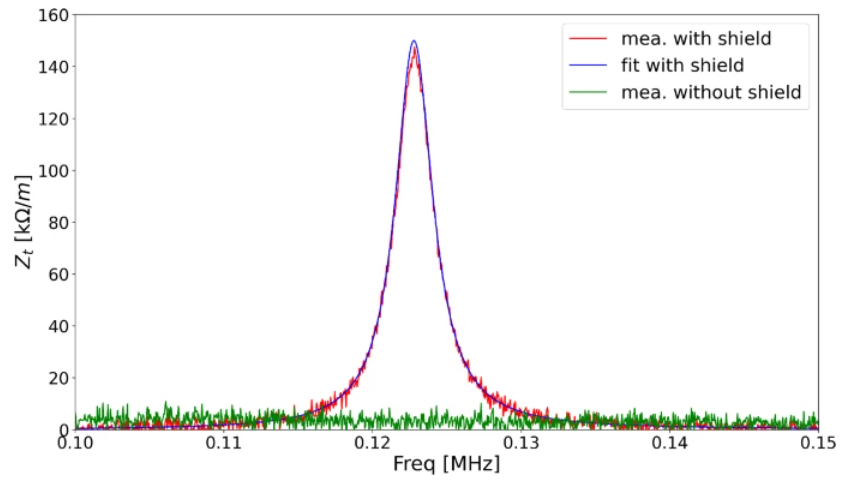
Researchers at the Chinese Academy of Sciences in Beijing have shown that simplified models of radio-frequency shielding in the CSNS synchrotron had missed the narrow-band impedance that led to loss of power in the beam.
The China Spallation Neutron Source (CSNS), located in Guangdong, China, includes a linear accelerator, a rapid cycling synchrotron, two beamlines and a target that provide high-energy neutron, proton and muon beams for a wide variety of applications. As the power of the beams increased, scientists observed that an unexpected instability in the impedance at the synchrotron led to substantial beam loss. A group of physicists based at the Institute of High Energy Physics, Chinese Academy of Sciences, Beijing and at the synchrotron, and led by Professor Sheng Wang, have tracked down the source of the instability and discovered how to mitigate it. This work has now been published in EPJ Plus.
EPJ E Highlight - A metareview of active matter research
- Details
- Published on 15 April 2025
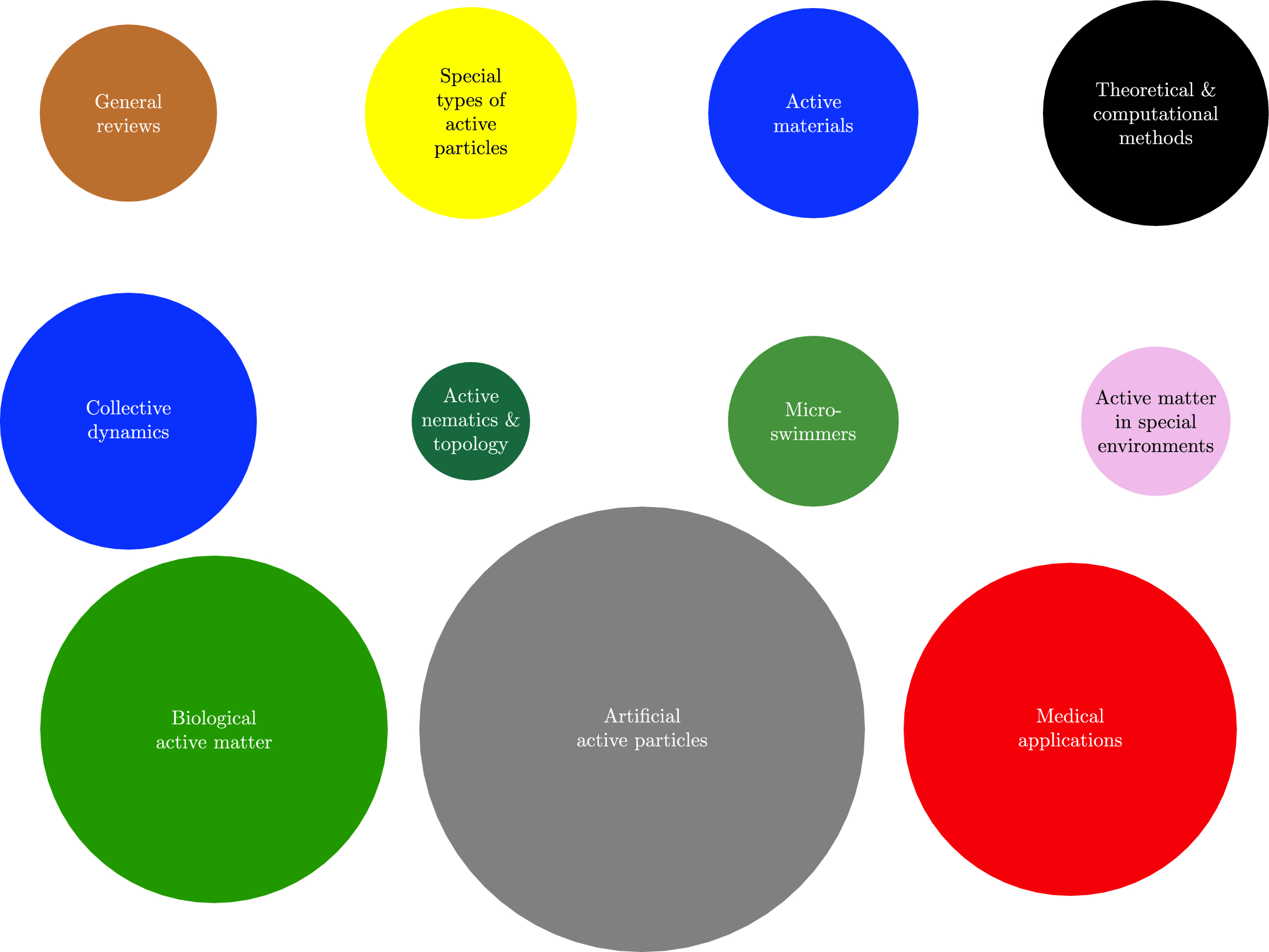
This paper presents a ‘review of reviews’ of the rapidly growing and diversifying field of active matter research, providing a valuable overview of the field as a whole
Active matter is a term describing systems of particles which harvest the energy in their surrounding environment, usually to propel themselves forward. With examples including flocks of birds, bacteria colonies, and swimming microrobots, active matter can show deeply complex behaviours, which can be exploited for real-world applications.
In recent years, researchers have shown a rapidly growing interest in active matter – with over 1,000 reviews on the topic being published to date. Yet with this growing interest, the field has been divided into an increasingly diverse range of subfields, and it is now becoming increasingly difficult to gain an overview of the field as a whole.
EPJ Plus Focus Point Issue: The Magic of Glass
- Details
- Published on 11 April 2025
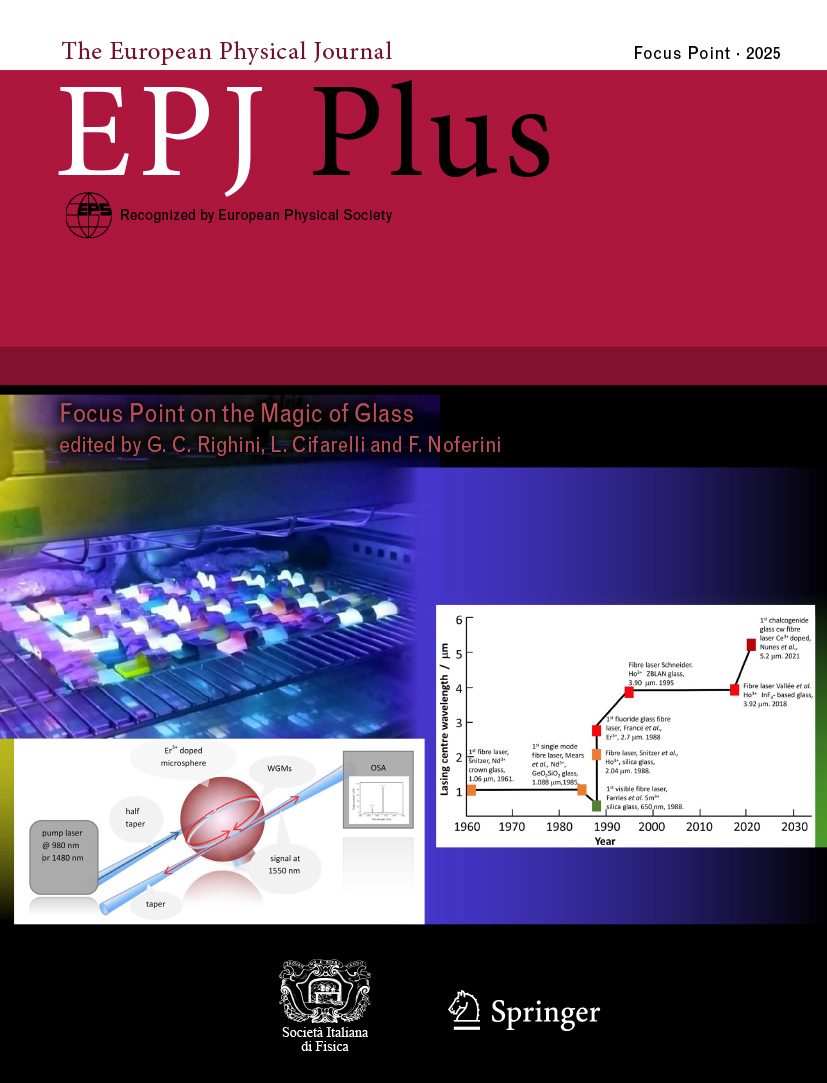
Guest Editors: Giancarlo C. Righini, Luisa Cifarelli & Francesco Noferini
Glass is a magical material, one that offers a unique flexibility of design regarding its composition, which in turn allows its optical, mechanical, thermal and electrical properties to be tailored. Thanks to these qualities, it has not only made substantial contributions to the advancement of science (from astronomy and microscopy to modern photonics) but also offers artists an exceptional medium that can be creatively modelled and shaped. This Focus Point explores various aspects of glass science and technology, with contributions addressing: sustainability in industrial glass manufacture; a Raman study on the structure of volcanic glasses; glass artefact conservation; glass for photonics; medium infrared fibre lasers; a whispering gallery modes microlaser; optical and spectroscopic characterization of rare-earth-doped glasses and bioglasses; and glass for particle physics detectors. Though by no means exhaustive, the aim of this Focus Point is to give readers an idea of the various and varied areas of physics and chemistry where glass is an indispensable material.
The articles included in this Focus Point Issue are available here and are freely accessible until 10 June 2025. For further information read the Editorial.
Alessandra Fantoni joins the EPJ Scientific Advisory Committee (SAC)
- Details
- Published on 07 April 2025
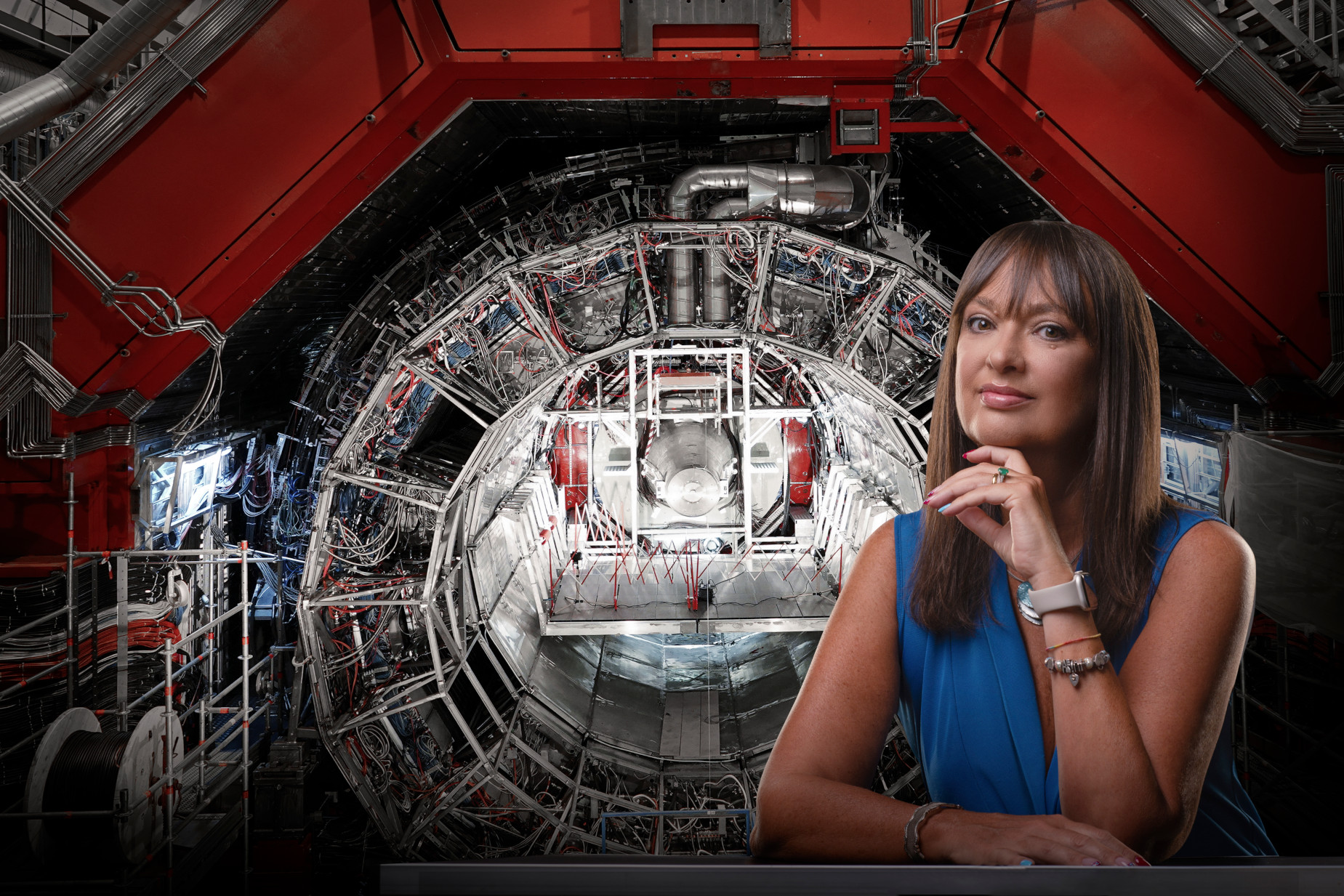
The Steering Committee of EPJ is delighted to welcome Alessandra Fantoni, as the new representative of the European Physical Society.
Professor Alessandra Fantoni is a Senior Researcher at the INFN Frascati National Laboratories (LNF).
She has been involved in the HERMES experiment at DESY since its inception in 1992, initially as a PhD student working on the construction of the electromagnetic calorimeter.
Her role evolved over time, and she eventually became the Run Coordinator in 2007, as well as the Technical Coordinator and Deputy Spokesperson.
After the closure of HERA, she joined the ALICE Collaboration to study nuclear collisions at the ultra-relativistic energies provided by the LHC.
Within ALICE, she served as the European and EuroAsian Coordinator for EMCAL (2008-2010) and for DCAL (2010-2012), as well as the Deputy Project Leader for the electromagnetic calorimeters (2012-2022).
She has also been involved in the upgrade of the Inner Tracking System (ITS2) since 2015, overseeing the construction of staves for the Outer Barrel at LNF.
The new ITS2 was successfully installed in 2021 during the LHC Long Shutdown 2.
She was an elected member of the ALICE Management Board (2020-2022) and will serve as the next ALICE Collaboration Chair from July 2025 to June 2028.
Currently, she is the Chair of the European Physical Society (EPS) Nuclear Physics Division, having previously served as the Scientific Secretary (2021-2022) and Deputy Chair (2023). She is an elected member of the EPS Executive Committee since May 2023.
EPJ Data Science Highlight - Identifying inequality in the velocity of cryptocurrency
- Details
- Published on 04 April 2025
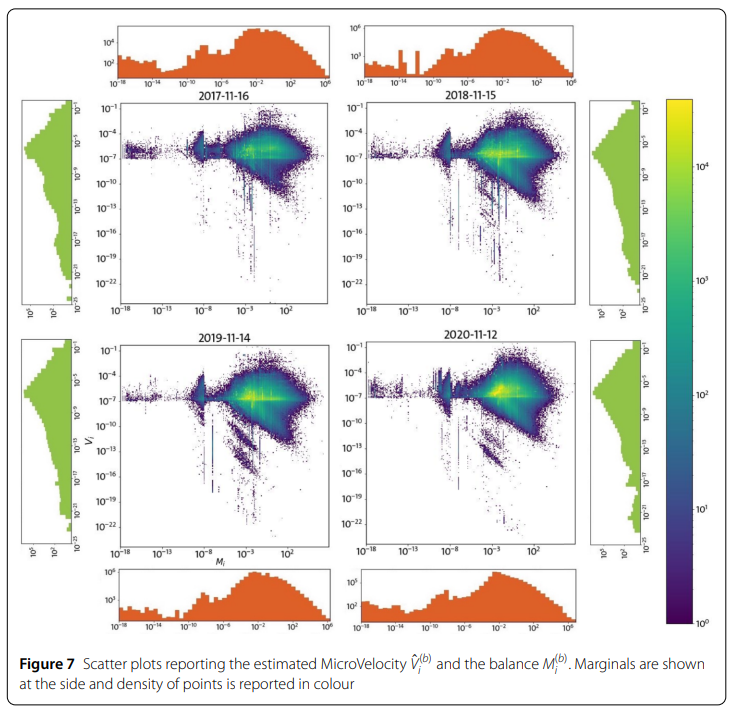
Analysis of a new framework for tracking cryptocurrency velocity reveals deep inequalities, driven not just by wealth but by economic behaviours of individuals
The ‘velocity of money’ describes the number of times a unit of currency is used to purchase goods or services within a given time period – or in other words, the number of times that money is changing hands. The quantity is a key indicator of the behaviours of economies as a whole – but today, researchers are still uncertain as to how the concept translates to the fast-growing field of cryptocurrency.
Through new analysis published in EPJ Data Science, Francesco Maria De Collibus and colleagues at the University of Zurich investigate a newly developed framework for measuring the velocity of cryptocurrencies – named ‘MicroVelocity’. Their analysis reveals that many of the same inequalities in wealth distribution found in the economy as a whole are also reflected in MicroVelocity.




